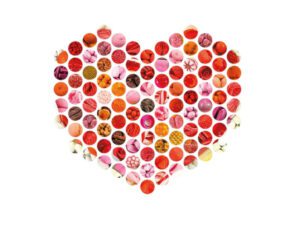Lollipops are a staple sweet that people from all walks of life have come across and had the pleasure of indulging in. Lollipops have a history stretching back to medieval times, with hard boiled sweets resembling lollipops being commonly consumed. They have not only been used for confectionery but more recently to help medicate individuals. The actual known invention of the lollipop however is a mystery, but most would argue that George Smith was the founding father of lollipops in recent modern times. After selling these types of candies, he decided to call them “Lolly Pop” after his racehorse and trademarked the name in 1931. During this period, many hard candies and lollipops were noticeably made by hand, which was time consuming and strenuous.
Now, with the rise of technology and machinery there are new multifaceted ways in which lollipops can be made, whether it is solely by machine, or most commonly with a combination of human and technological intervention. Due to a rising population, lollipops are consumed at a much higher rate. A recent market data report found that, “In 2016, more that 5 million pounds of hard candy was consumed by Americans” each year. It’s obvious that many of us consume these treats whilst rarely considering the multifaceted process that goes into making these types of candies. And with the rise of different forms of technology, machinery and even different ingredients and materials used to cater to every changing consumer demands, questions are raised as to how lollipops are made now?
Whilst the ingredients and machinery vary between different companies and manufactures the process is actually very simple. To begin with, plain lollipops are made up of very few but vital ingredients. Primarily a lollipop contains sugar, corn syrup, water, food additives and flavourings and malic or citric acid. But ultimately the important ingredients are sugar and corn syrup. The sugar is usually located from countries such as Brazil, India and China, the top sugar crop producers globally. Once the sugarcane is grown and harvested by crop farmers and workers it is then sent to a sugar mill, concentrated and crystallised to form the sugar that lollipop manufactures use. Corn syrup is made up of glucose and fructose molecules and has corn within it too. The corn kernels are cleaned and refined of debris and dust and then soaked in steel tanks containing water and sulfur dioxide. Once the corn has been purified further gluten and starch is added and other refiners are used to turn it into syrup. The United States, China and Brazil are again the biggest producers of corn syrup – making it a vital component to the hard candies industry.
Read the full article in our Novmeber-December issue here: International Confectionery (pagesuite-professional.co.uk)
Media contact
Roshini Bains,
Editor, International Confectionery
Tel: +44 (0) 1622 823 922
Email: [email protected]









